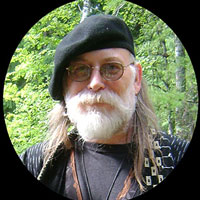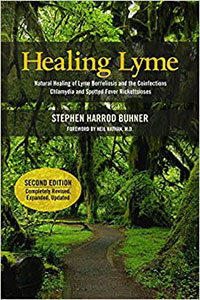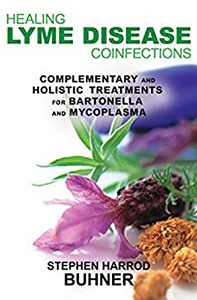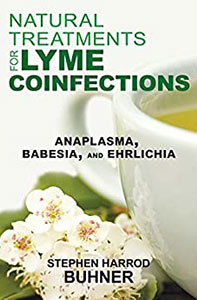Cat’s claw’s contraceptive properties
by Stephen Harrod Buhner | Feb 1, 2011 | cat's claw, Columns, digestive system, Healing Lyme, Herbs, miscellaneous, other diagnoses, pregnancy, Symptoms, Transmission |
Dear Stephen,
I’m treating my Crohn’s disease with cat’s claw (Uncaria tomentosa) for four years now. The results are amazing, really, and I feel much better now. But I’ve read that uncaria tomentosa is also a contraceptive. I always wondered at what dosage it is, and how long it takes to stop being effective when you stop taking it. Here in France, people don’t know much about uncaria and can’t answer me. Can you? Thanks a lot, and my apologies for my English.
Stephen’s response:
Cat’s claw has traditionally been used in South America as a contraceptive or to induce abortions but this is a piece of repeated information that circulates like most rumors. No one seems to know how the herb does that or if it does or if the herbs is used individually or with other herbs to produce that outcome. However, in suggesting the herb it makes sense to be clear that this may be a problem. I can’t seem to find any information on dosage for those effects either. If you stop the herb, within 30 days your system will be clear of its effects.
Stephen
-
Stephen Harrod Buhner was an Earth poet and an award-winning author of twenty-four books on nature, indigenous cultures, the environment, and herbal medicine including the acclaimed book Healing Lyme: Natural Healing & Prevention of Lyme Borreliosis & Its Co-infections.
Stephen came from a long line of healers including Leroy Burney, Surgeon General of the United States under Eisenhower and Kennedy, and Elizabeth Lusterheide, a midwife and herbalist who worked in rural Indiana in the early nineteenth century. The greatest influence on his work, however, was his great-grandfather C.G. Harrod who primarily used botanical medicines, also in rural Indiana, when he began his work as a physician in 1911.
Stephen’s work has appeared or been profiled in publications throughout North America and Europe including Common Boundary, Apotheosis, Shaman’s Drum, The New York Times, CNN, and Good Morning America. Stephen lectured yearly throughout the United States on herbal medicine, the sacredness of plants, the intelligence of Nature, and the states of mind necessary for successful habitation of Earth.
He was a tireless advocate for the reincorporation of the exploratory artist, independent scholar, amateur naturalist, and citizen scientist in American society – especially as a counterweight to the influence of corporate science and technology.
View all posts













0 Comments